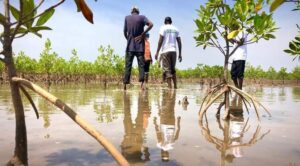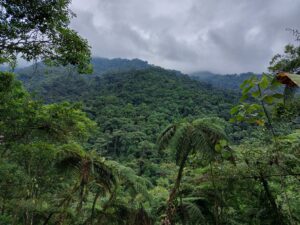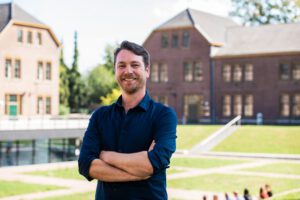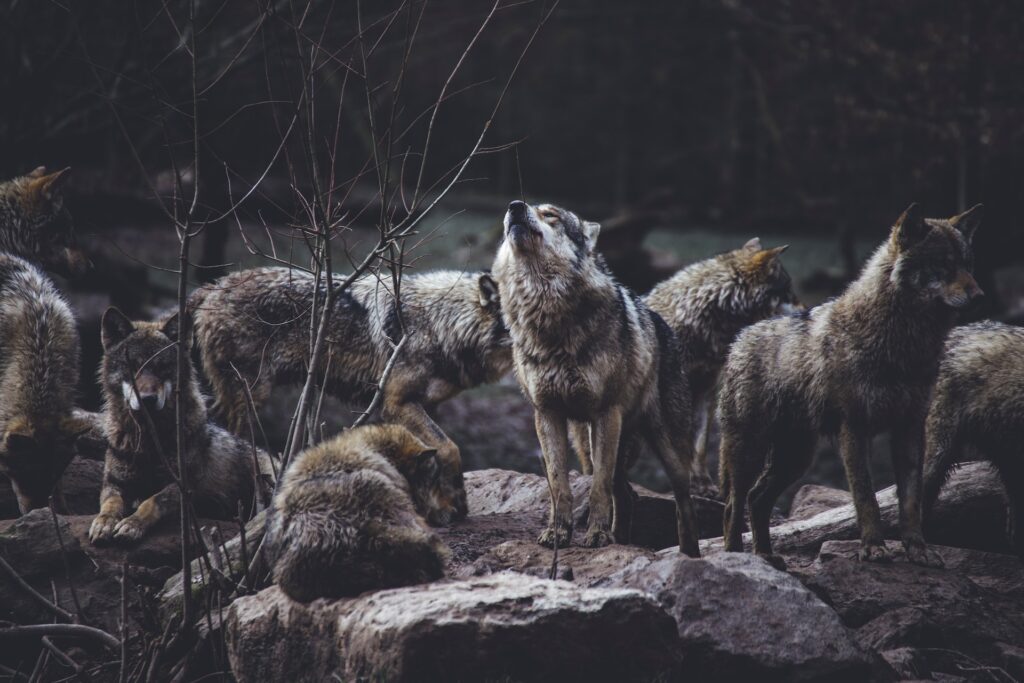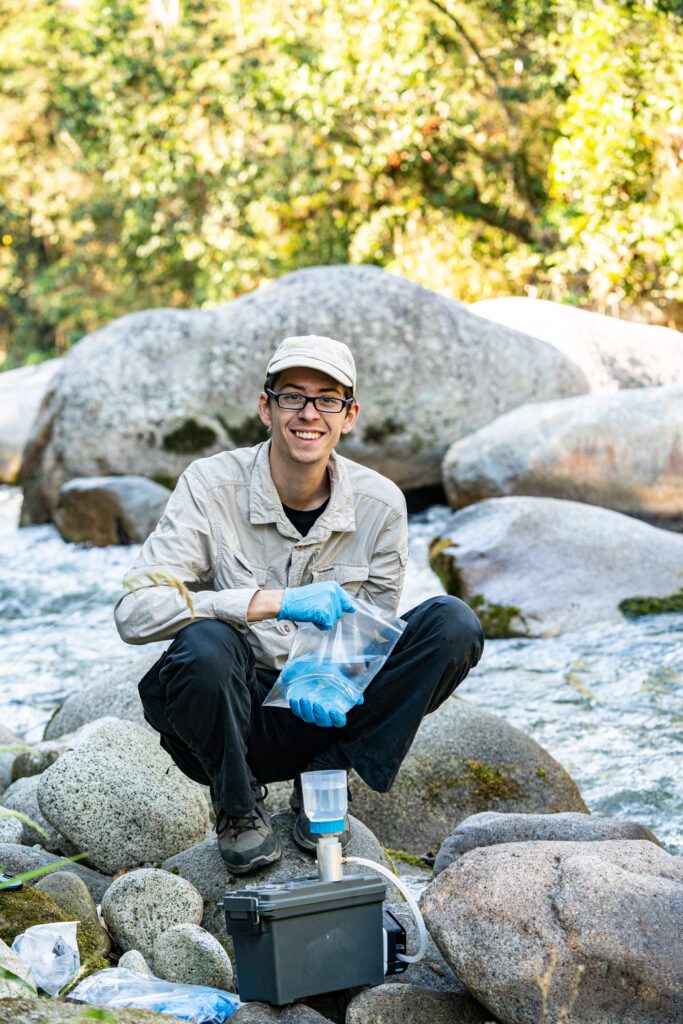Our founders’ story: Raf
Why did you decide to start Habitats?
More than 20 years ago, I had the privilege of working with the Guaraní people of the Gran Chaco in Bolivia. Through these years, I gained a deeper understanding of their perspective on life and the world around them. Every place—mountain, river, or species, whether bird, tree, or insect—has an iya, a spiritual essence that watches over its well-being. In certain situations, you must ask the iya’s permission to enter a specific place, hunt an animal, or cut down a tree, ensuring it accepts your presence and actions. The iya ensures a balance between all forms of life and the environment and intervenes if you don’t respect it. After six years of living with and learning from the Guaraní, this worldview profoundly shaped the way I approach life.
I need to believe in what I do, to see its direction, and to work towards realizing its full potential. I want to feel that I can change at least a small part of the world and leave a lasting impact. After years of working with development and conservation organizations in Latin America, I often felt like there were so many missed opportunities. Too often, organizations worked in isolation, missing chances to strengthen each other’s efforts.
With Habitats, I want to build that bridge—leveraging the strengths of local communities and ecosystems to enhance biodiversity and resilience against climate change. To truly make a difference, we need to scale this approach, as only then can we address the larger challenges at hand. The moment for big and bold action is now.
What’s your favorite Habitat?
I love all habitats! Each one offers its own unique experience, scent, colors, and species. However, I feel most at home in the cloud forests of the Andes. The incredible diversity of species found there is awe-inspiring. A walk of just 100 meters up or down the slopes brings you into contact with different flora and fauna. There is something mystical about the cloud forests—the mist that shrouds the trees and the animals you often hear before you see them. These are biodiversity hotspots, but they are also deeply threatened.
What tipping point made you decide to focus on biodiversity conservation & restoration?
There was no single tipping point for me, but rather a series of moments over the years that left a lasting impression and deepened my sense of urgency.
In the early 2000s, there was a rapid expansion of soybean fields in northern Argentina. The devastation and destruction were immense. Thousands of hectares of ancient dry Chaco forest disappeared in a very short time. Places I had visited only a month before were unrecognizable. The same has happened—and continues to happen—elsewhere, such as in the bolivian dry forests of the Gran Chaco and the Cerrado in Brazil.
Another key moment was around 2008 in northern Peru. After a 15-hour bus ride through mountains and forests, we arrived at a remote area with very few people in the upper Amazon. Yet even in this hard to reach and seemingly untouched place, there was visible pollution and deforestation.
We have very few truly wild places left. The forests we often consider “intact” are just shadows of what they once were, as the most ancient trees often have the highest economic valuable trees have been cut down. These trees are vital to ecosystems, providing shelter to hundreds of species, food, nesting places, and critical climate-regulating functions. When I am in these woods, I see a permanent reminder of what has been lost. Fortunately, the ecosystems can still recover if we act now.
WHat’s your favorite habitat?
There are so many!
It is a very special feeling and a privilege to observe animals of which sometimes only a few individuals survive in their natural environment, such as the Great Green Macaw in Ecuador, or to discover new species that have not yet been described by science. During an expedition last year alone, we found several undescribed species of amphibians in southern Ecuador.
Every time I’m in tropical forests, I feel like a child in a candy store, amazed by the beauty and diversity that these places harbor. I can enjoy a flowering orchid as much as observing a bird foraging in the trees. That feeling never goes away, and I want to ensure future generations have the chance to experience it too.
